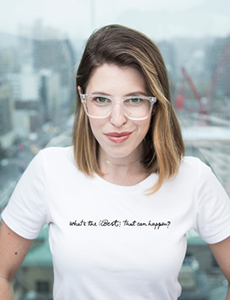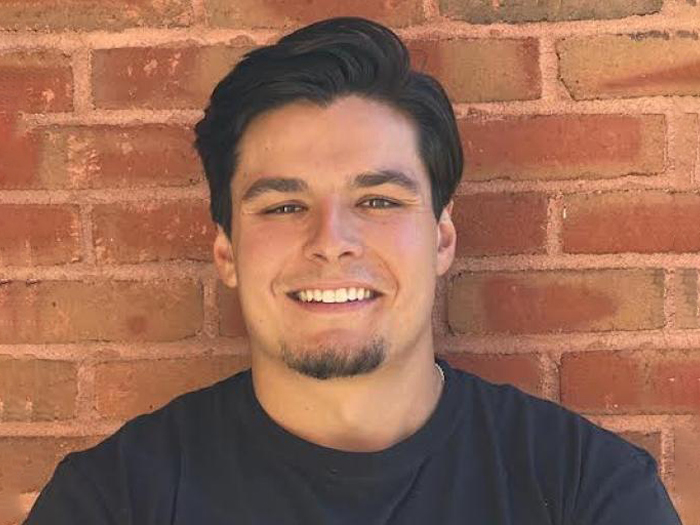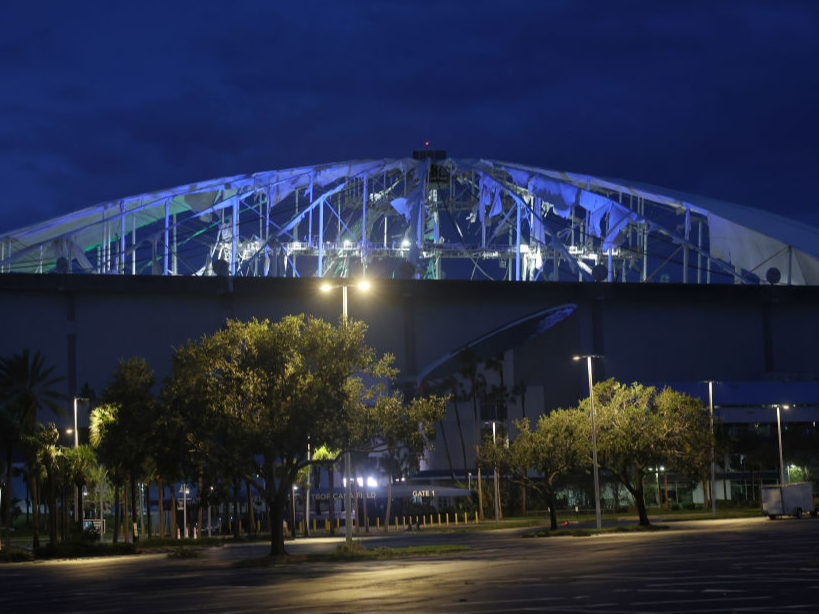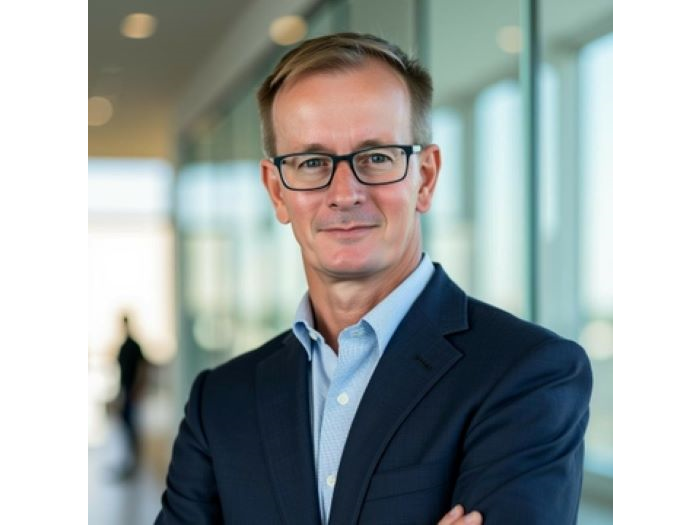Find the Courage to Change the Workers’ Comp Industry — and Yourself

As the industry shifts and evolves, there are almost infinite opportunities for workers’ comp leaders to develop new ideas, to do things differently, to make changes big and small.
But lurking in the shadows of all that potential, there’s often an undercurrent of fear. Fear of change. Fear of failure. Fear of the unknown. The question is, do you let fear stand in your way? Or do you use it to push you forward?
That’s the theme that has guided Michelle Poler’s personal and professional journey for the last several years. Motivational speaker, YouTuber and social entrepreneur Poler spoke about her experiences during a Dec. 4 presentation called “Fear Less | Do More,” at The Alliance of Women in Workers’ Compensation’s 5th annual leadership event held in Las Vegas, in conjunction with the National Workers’ Compensation and Disability Conference.
In front of a room packed with more than 500 people, Poler bounded onstage dancing energetically to a pop tune and egged on the audience to rise up and join her … not exactly something within the comfort zone for most insurance industry types. Of course, that was precisely the point.
These days, Poler is intimately familiar with embracing discomfort. But that wasn’t always the case. Venezuela-born Poler, the grandchild of Holocaust survivors, said an undercurrent of fear was passed down through the family, the legacy of those dark days.
Throughout her childhood, the bulk of Poler’s decisions were born of fear, even though she didn’t realize it consciously. In her 20s, she was working as an art director in the advertising industry and pursuing a masters in branding at New York City’s School of Visual Arts. But her fears never lost their grip on her. Her comfort zone had contracted so tightly that without intervention, she worried she would eventually be afraid to leave home.
As part of a class project, she launched 100 Days Without Fear, an effort to rattle the boundaries of that comfort zone. Poler committed to doing 100 things that challenged her fears of risk, pain, embarrassment and loss of control. And sharing them all on YouTube.
During the course of the project, Poler’s activities ran the gamut, from trying Indian food for the first time and holding a tarantula, to cliff diving, posing nude for an art class and “dancing like no one’s watching” in the middle of Times Square — where everyone was watching.
Poler has taken away lessons worth sharing from each new experience during the project. While dancing in Times Square, Poler said it was “the first time I got to experience living my life to the fullest.” During the undoubtedly unnerving art class experience, Poler says she took away revelations about our fear of how others see us or judge us.
“I kept thinking they were judging me, but then I realized they were there to fulfill their own mission,” she said. The experience helped her understand that “nobody judges us that way we judge ourselves.”
Around day 40, Poler’s project went viral and was picked up by news outlets around the world, to her amazement, and the rest of the project took place in front of a far larger YouTube audience than Poler could have dreamed.
“I kept thinking they were judging me, but then I realized they were there to fulfill their own mission … nobody judges us that way we judge ourselves.” — Michelle Poler, speaker, YouTuber, social entrepreneur
Before long, other people began posting replies, explaining how she’d inspired them to take on their own fears and change their lives. Poler realized she’d started something interesting. Something powerful. She turned her project into a movement called Hello Fears, which celebrates stories of courage and growth.
Poler took the insights she’d collected and the stories of people she’d inspired and distilled it to form the basis of her Day 100 contribution: Giving a talk at TedxHouston.
Despite having faced 99 fears already, Poler was feeling rather less than fearless before taking the stage in Houston. A backstage assistant, trying to be helpful, asked “What’s the worst that could happen?” As the specter of a disastrous failure flashed before her eyes, Poler decided it was time to change the question. “What’s the best that could happen?” she asked herself. And thought about inspiring and empowering more people to overcome their own fears.
“At that point, I felt no more fear, only excitement,” said Poler.
By the end of the 100 days, Poler realized her original premise had been misguided. “I thought the goal was to eliminate fear, but fear is your ally,” she said. Poler hadn’t become fearless. Instead, she had changed her relationship with fear. No longer letting it have the reins, she finally understood how to put it in its place, how to use it as a tool to fuel growth and progress.
“You will either step forward into growth, or step back into safety,” said Poler, quoting Abraham Maslow, the father of humanistic psychology.
The value of Poler’s message for women (and men) in workers’ comp is potent. There’s no way to quantify the great ideas that never came to light, the game-changing conversations that never happened, the projects that never got funded, even the meaningful job changes that were never pursued — because fear of failure, disapproval or rejection got in the way.
Poler’s question, “What’s the best that can happen?” is one that bears repeating for workers’ comp leaders, who can empower and inspire their teams by using fear and doubt to fuel next-level workers’ comp program growth. &











